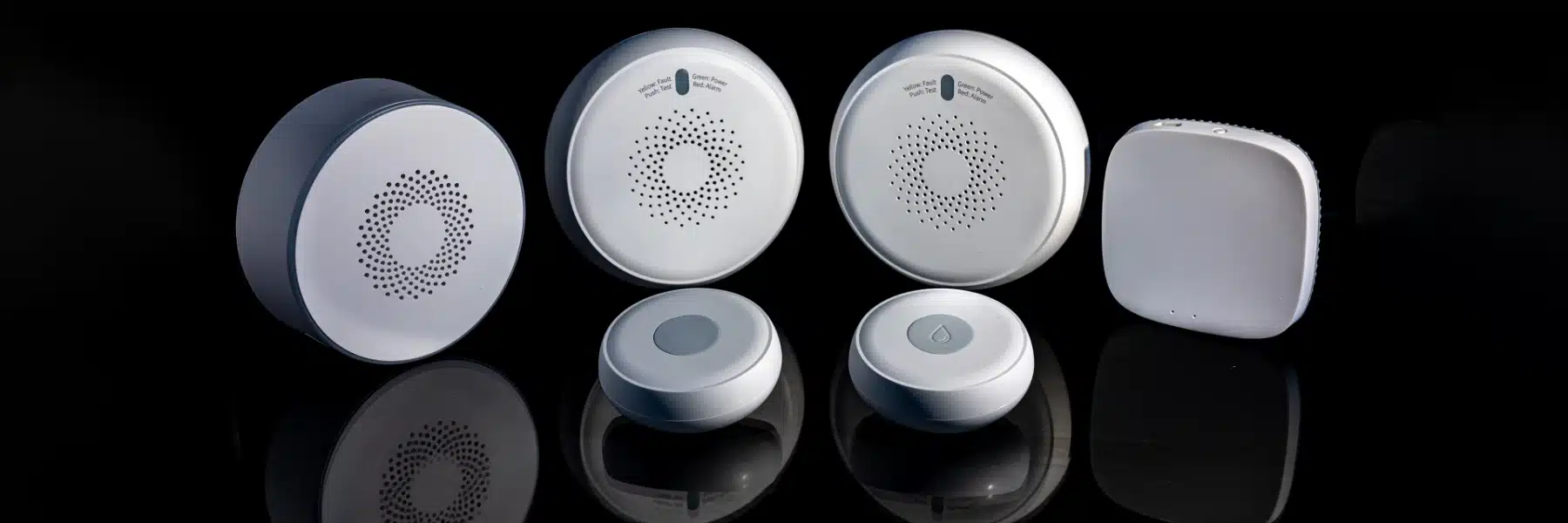How Can You Improve the Energy Efficiency of Your Property?
Energy efficiency is an important topic for homes at the moment; with the stratospheric rise in energy costs experienced in the last two years, and with the swift advancement of the climate crisis over the last five, people on the property market are more acutely attuned than ever to the energy efficiency of properties they view. With energy efficiency a major factor in home-buying, what can a homeowner do to improve their own before sale?
Insulate
The single most effective ‘passive’ route to improving your home’s energy efficiency is to improve its insulation co-efficient. By effectively insulating your home, you are ensuring that your heating system does not need to work as hard to maintain a comfortable ambient temperature in colder months. Even in the winter, direct sunlight can have an impressive impact on temperature – provided that there are materials in place to keep that heat from escaping.
There are numerous areas of the home that should receive attention with regard to insulation. One of the most important of these options is installing roof insulation on your property, as roof insulation can help mitigate heat loss through convection. By creating a ‘pillow’ of warm air in your loft, you can minimise the movement of heat up the property, and ensure all rooms benefit.
Cavity wall insulation is another major move here, with a significant proportion of a home’s heat lost to its exterior walls. Proper home insulation in these ways can have the added benefit of improving your property’s value; people on the property market attribute a high value to quality insulation, and to improved energy efficiency in general.
Upgrade Heating System
Of course, there are also ‘active’ ways in which you can address your home’s energy efficiency. For example, your central heating system is the system that uses the energy in question. Older systems are inefficient, whether through outdated design or age-related failures. Upgrading here can have a dramatic impact on the amount of energy used to keep a house comfortable in the winter.
A strong example of this lies in the newfound prevalence of air- and ground-source heat pumps. Recent government subsidies were designed to incentivise homeowners to switch to these air pumps, which exchange heat from outside of the home to heat within via refrigerants and under-floor water piping. These heat pumps trade conventional gas power for electricity, reducing carbon emissions and reducing costs at the same time.
Of course, the source of that electricity can also be addressed with energy efficiency in mind. Solar panels have become a popular ancillary form of energy source, and are only getting more efficient. Many homes in the UK are now completely reliant on their own solar panels, eliminating their reliance on the National Grid and dramatically reducing their carbon footprint to boot.
Draught-Proof
Finally, a small yet extremely effective ‘passive’ route to energy efficiency is to draught-proof the home. This means seeking down sources of airflow and minimising them. The sealant around double-glazed windows is prone to failure over time, and can allow air in – wicking heat away from a space and resulting in a felt drop in temperature. The same is true of airflow under doors and between stud walls. Re-sealing skirting boards and windows, and adding rubber tracking around doors, can be an inexpensive and immediately effective way to improve room temperature.







